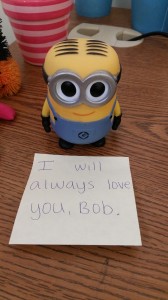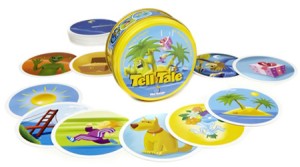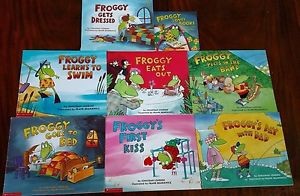Today, I left work angry, frustrated, and discouraged.
No, this is not typical.
But today, MCAS began.
Today, I sat with my sweet little 3rd grade student from 9 in the morning until 2 in the afternoon, while she struggled through a test that she shouldn’t have to take.
Since she qualifies for special education under a language-based learning disability, she is eligible for some MCAS accommodations.
She was allowed to use a place marker to keep her place while reading.
But she couldn’t decode all the words. Let alone comprehend them. Because she’s a third grader with a severe LLD.
I was allowed to clarify directions. But “Yup, so you read the story and answer the questions,” doesn’t help when she has no idea what she’s reading.
She was allowed to type her responses. But that didn’t help when she couldn’t comprehend the story or what the questions were asking.
She doesn’t qualify for the “read aloud” accommodation. Because, to qualify for that, you have to be a “virtual non-reader”. Being significantly below grade level isn’t enough. Because, if I knew the Russian alphabet and could read a few basic words, I should be able to comprehend stories, right? Not to mention the fact that even if she could decode everything, which she can’t, she’s not comprehending. Because she has a disability.
So today, I sat with her while she struggled to sound out each word in about 10 2-4-page stories. Tried not to tear up when she tried to read the questions, and then laboriously re-read the story, trying so hard to figure out the answer. Tried not to bang my head in frustration on her behalf when she looked at me and said, “I don’t know what this is even saying.”
I tried not to think about how detrimental this is. Because although I made light of it (by the end I was “woo-hoo!!!-ing every time she answered a question, and saying things like, “Only two more yucky questions!” to make her smile), she’s not stupid. In fact, she’s one of the smartest little kids I know. She knew she couldn’t do it. She knew she was supposed to be able to. She knew that if I had been able to help her, encourage her to use strategies, read it to her, she would’ve been able to do better (she said as much). She took breaks where I’d do what I could to make that little perfectionist girl, who hates getting anything wrong, smile as best I could. But it didn’t stop her from sighing, resigned, and saying, “It’s fine. I’ll just keep going.”
And then by the end, when she had given it everything she had – she had to do the sample PARCC session. Which really made MCAS look like a piece of cake, and that’s saying something. She looked at me and said, “This is so hard. I don’t even understand any of it. I’m just going to guess because I can’t do this.”
If we strive for language-based teaching, PARCC is the exact opposite.
“I think they’re hard, too.” I offered.
She looked up, skeptical. “Really?”
“Really.” And sadly, I wasn’t lying.
And so for yet another year, I think, there has got to be a better way. A better way than wasting our teaching time and their learning time on this test. A better way than having testing send us backwards in self-esteem and self-confidence. We spend so much energy teaching our students that having a learning disability doesn’t make them stupid, but really, we might as well be saying, “You’re not stupid. But! You’re going to have to spend some hours doing things that yes is for kids in your grade and yes you’re as smart as them but no you’re not going to be able to read most of it or answer most of it, but don’t even give it a second thought, you’re so smart and this means nothing!”
And we do what we can, and we joke and smile and stay calm and get through it. Year after year after year. There’s no other option.
But it shouldn’t be this way to begin with, where we struggle in this way. Where intelligence is measured by this test. Where a successful education is measured through this test. This test doesn’t say anything. It doesn’t capture how smart my students are (and they are often smarter than me). It doesn’t capture their personalities. It doesn’t capture their strengths. It tells us nothing valuable.
There’s got to be a better way.



